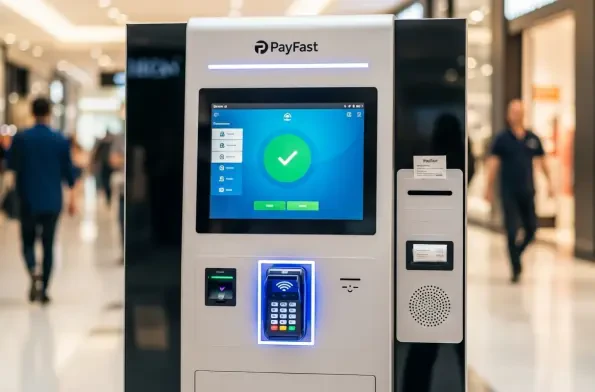Welcome to an eye-opening conversation with Malik Haidar, a renowned cybersecurity expert with a wealth of experience in safeguarding multinational corporations from digital threats. With a sharp focus on analytics, intelligence, and integrating business strategies into security frameworks, Malik has become a trusted voice in the industry. Today, we dive into a critical vulnerability discovered in NFC-based payment systems, specifically focusing on a flaw in stored-value cards that allowed attackers to manipulate balances. Our discussion explores the technical intricacies of the hack, its potential impact on businesses and consumers, and the broader implications for payment system security.
How did the vulnerability in certain NFC-based stored-value cards come to light, and what made it such a significant concern?
Thanks for having me. This vulnerability was uncovered by researchers who found a critical flaw in how some payment systems store card balances. Specifically, the balance data was kept locally on the card itself rather than in a secure, centralized database. This is a huge red flag because it opens the door to manipulation. Once you have direct access to the data on the card, you can essentially rewrite the balance, creating money out of nowhere. It’s a significant concern because these cards are used in everyday transactions—think laundromats, vending machines, and arcades—where even small-scale fraud can add up quickly.
Can you break down the technical flaw in how the balance was stored on these cards and why that’s such a risky design choice?
Absolutely. The core issue is that the balance is stored in plaintext or in an easily accessible format on the card’s chip, often using older NFC technology known for its weaknesses. When data like a balance isn’t encrypted or tied to a server-side verification process, an attacker with the right tools can read and modify it. Storing sensitive data locally without robust safeguards is risky because it assumes the card itself is secure, which is rarely the case with older tech. It’s like keeping your bank account balance written on a sticky note in your wallet—anyone who gets their hands on it can change the number.
What kind of tools or knowledge does someone need to exploit this kind of vulnerability?
Exploiting this flaw typically requires a hardware tool like a specialized RFID reader-writer, which can interact with the card’s chip to read and alter data. You’d also need a basic understanding of how the specific card technology works and where its weaknesses lie. While it’s not something the average person could do on a whim, it’s not overly complex either. Someone with a moderate level of technical know-how and access to online tutorials could pull it off, which makes the barrier to entry concerningly low for potential attackers.
What are the real-world implications of this vulnerability for businesses and customers who rely on these payment systems?
The implications are pretty serious. For businesses, especially in industries like laundromats or car washes where these systems are common, it means potential revenue loss from fraudulent transactions. If attackers can top up card balances for free, the business is essentially providing services without getting paid. For customers, there’s a trust issue—if word gets out that a system is vulnerable, they might hesitate to use it. On a larger scale, if exploited widely, this could lead to significant financial losses, potentially in the thousands or more, depending on how many cards are in circulation and how often the hack is repeated.
How do you think the delayed response from the payment system vendor impacts the overall trust in such technologies?
A slow response—taking over a year to address a critical flaw—can really damage trust. It sends a message that security isn’t a top priority, which is alarming for both businesses and end users. When vendors drag their feet, it leaves systems exposed for longer, increasing the window for attackers to exploit the flaw. In the cybersecurity world, timely patches are crucial because every day a vulnerability remains unaddressed is a day someone could be losing money or data. It also makes people question whether other issues might be lurking, further eroding confidence in these payment solutions.
What challenges do you see in verifying whether a patch actually resolves a vulnerability like this one?
Verifying a patch can be tricky, especially if researchers no longer have access to the original systems or hardware used in their initial testing, which seems to be the case here. Without hands-on testing, you’re relying on the vendor’s word that the firmware update fixes the issue, which isn’t ideal. There’s also the challenge of ensuring the patch doesn’t introduce new vulnerabilities or disrupt existing functionality. Ideally, independent testing with full transparency from the vendor about what was fixed and how would be the gold standard, but that’s often not feasible due to logistical or proprietary constraints.
With talks of new hardware rollouts in the future, what does this suggest about the security of the current systems in use?
Mentioning new hardware often implies that the current systems have inherent limitations that can’t be fully addressed with software updates alone. It suggests that the underlying technology—likely older NFC chips in this case—may be too flawed to secure completely without a redesign. For now, it means that businesses and customers using the existing cards might remain at risk until the new hardware is widely deployed, which could take months or even years. It’s a tough spot because it leaves a gap where vulnerabilities persist, and not all users may upgrade right away due to cost or compatibility issues.
What’s your forecast for the future of NFC-based payment systems in light of vulnerabilities like this one?
I think we’re at a turning point with NFC technology. On one hand, it’s incredibly convenient and widely adopted, but on the other, these kinds of vulnerabilities highlight the need for better standards and practices. My forecast is that we’ll see a push toward more secure implementations—think stronger encryption, server-side balance verification, and phasing out outdated tech like older NFC chips. Vendors will need to prioritize security from the design stage, not as an afterthought, and collaborate more openly with researchers to catch flaws early. If they don’t, consumer trust could take a lasting hit, and we might see a shift to alternative payment methods that feel safer.













